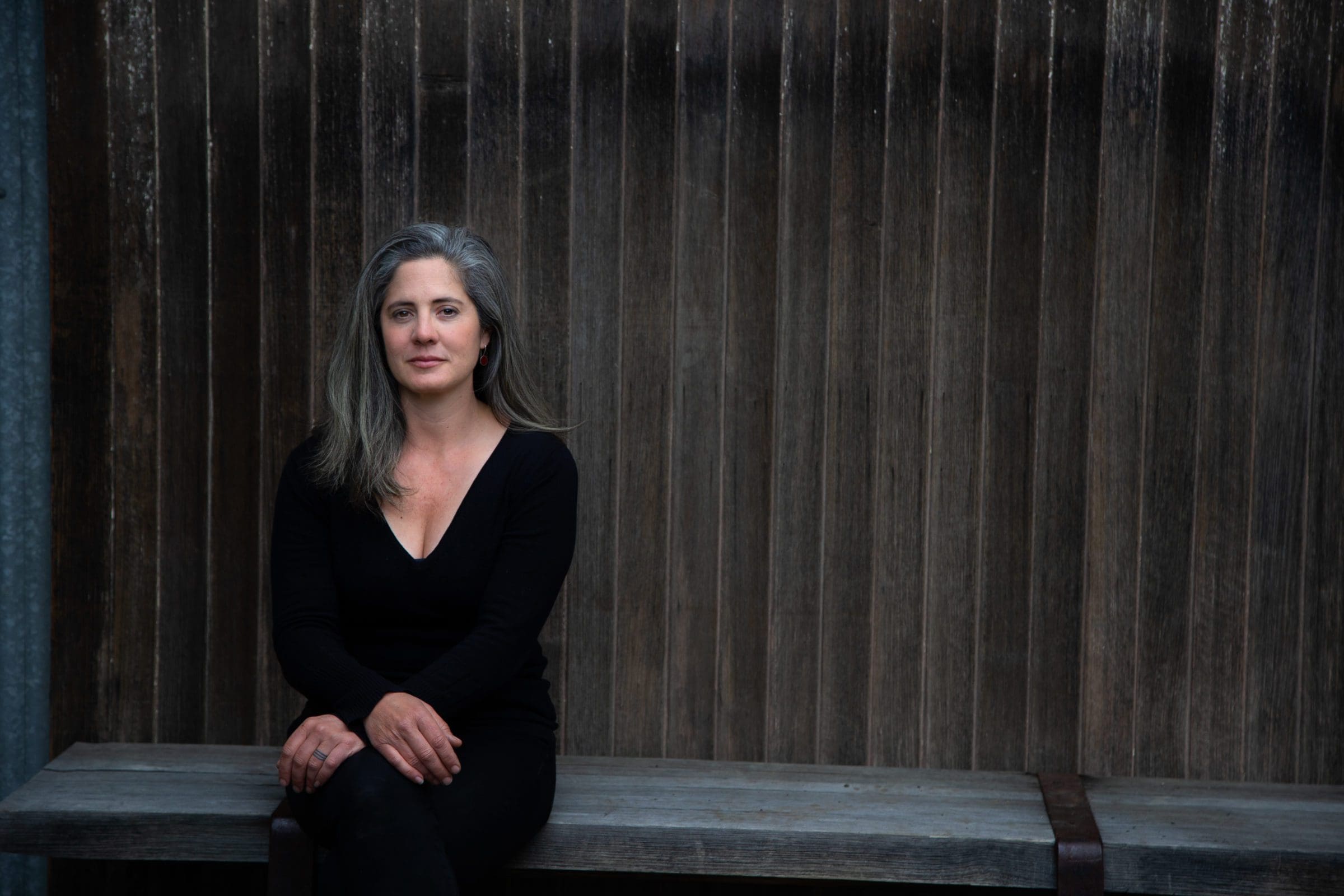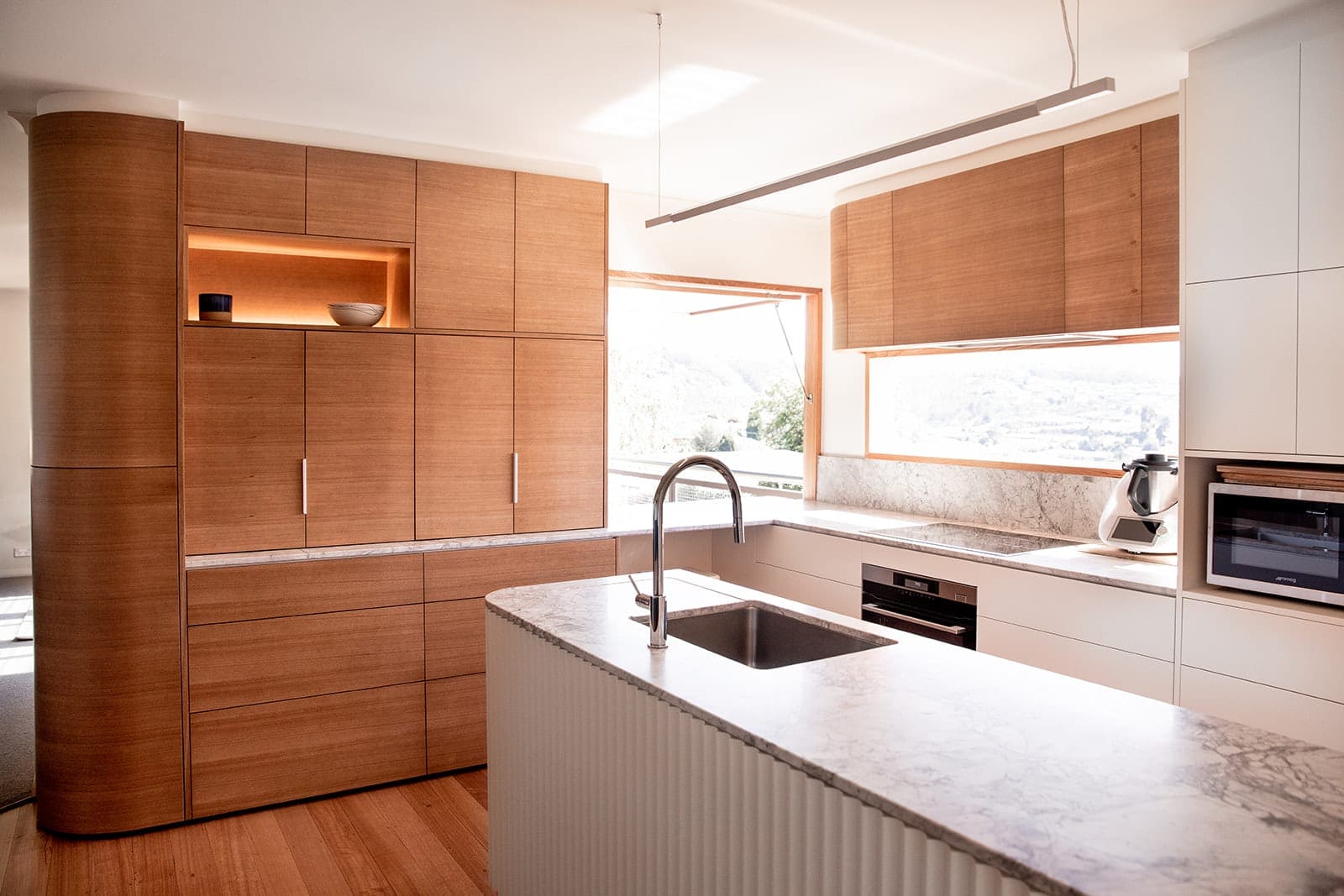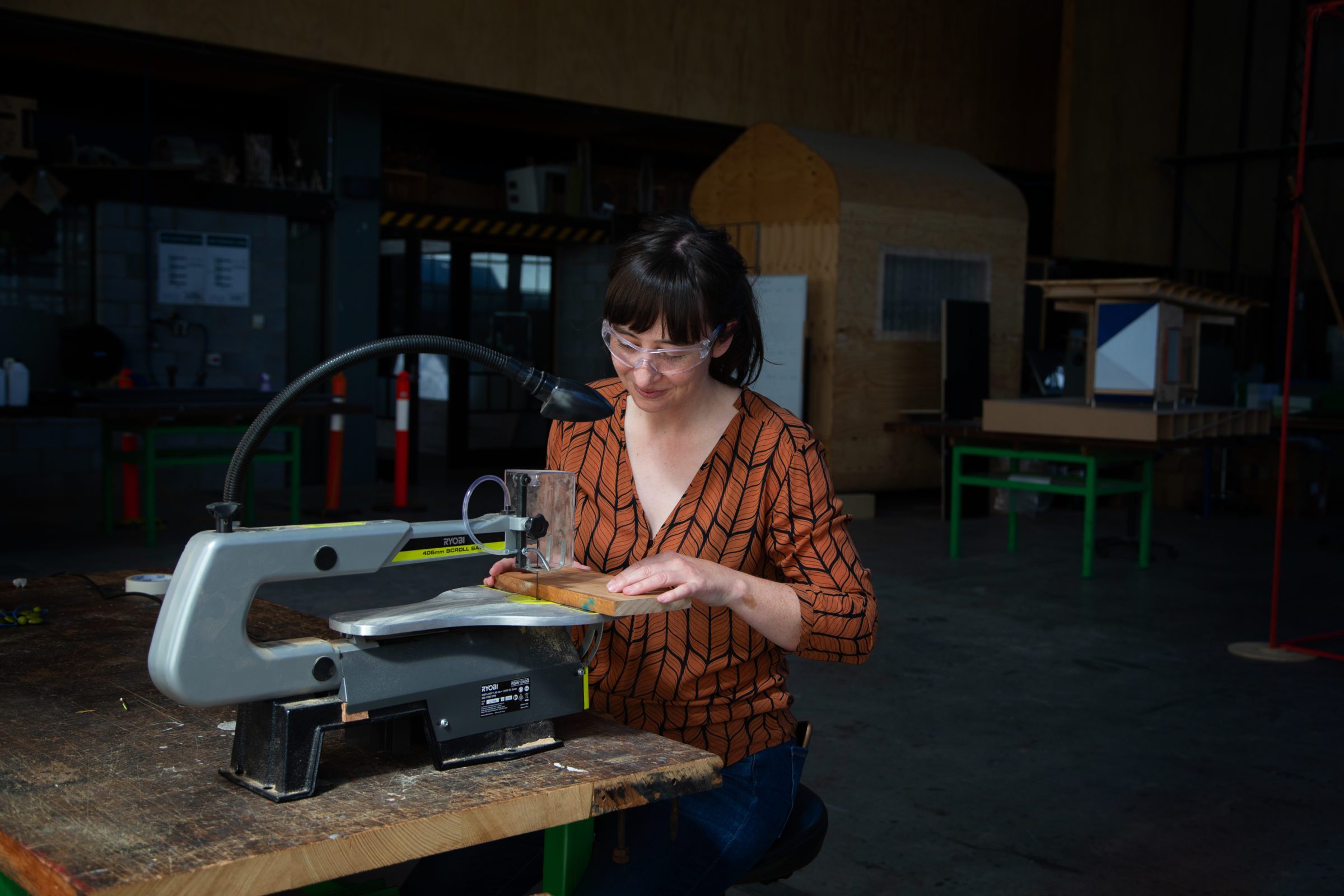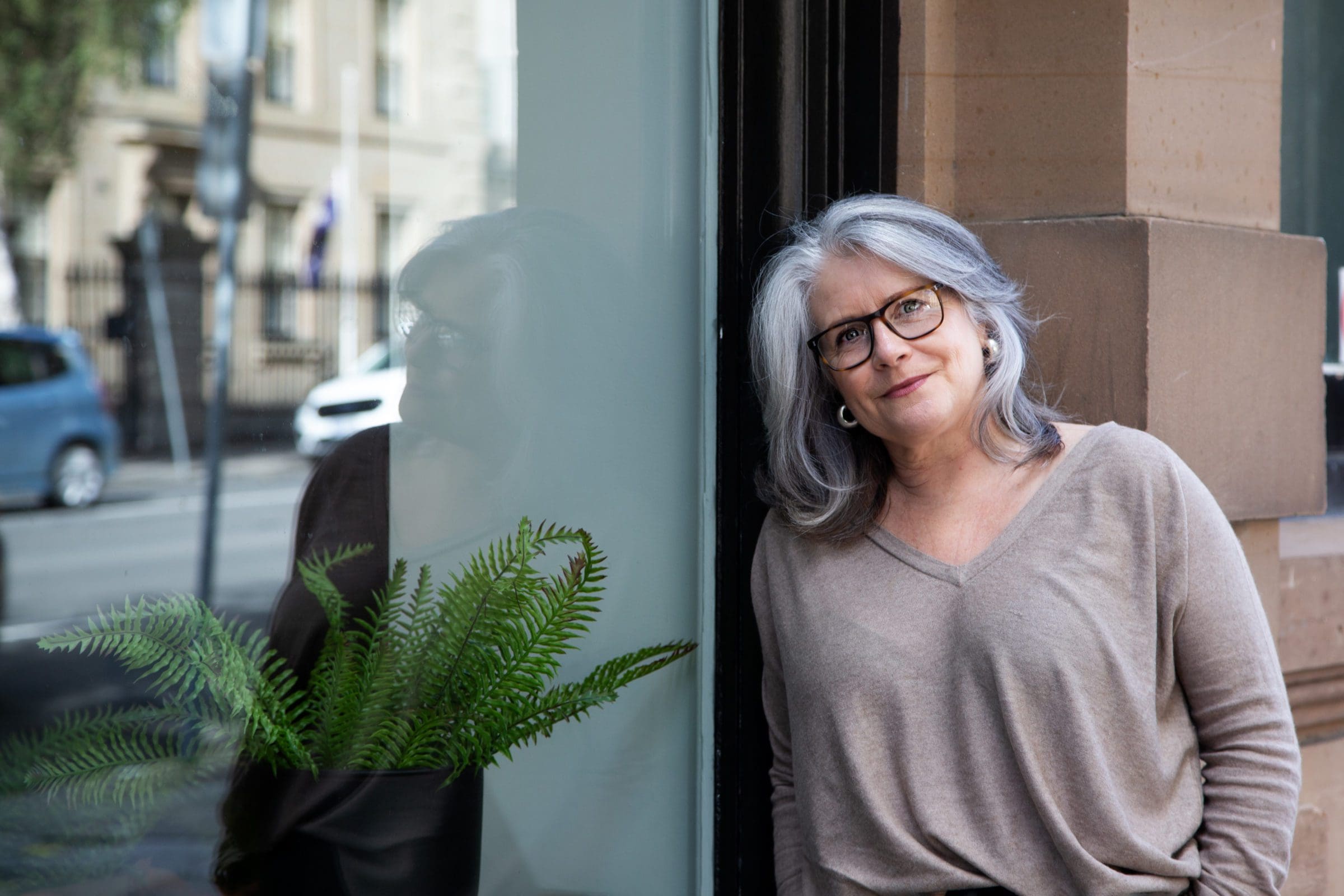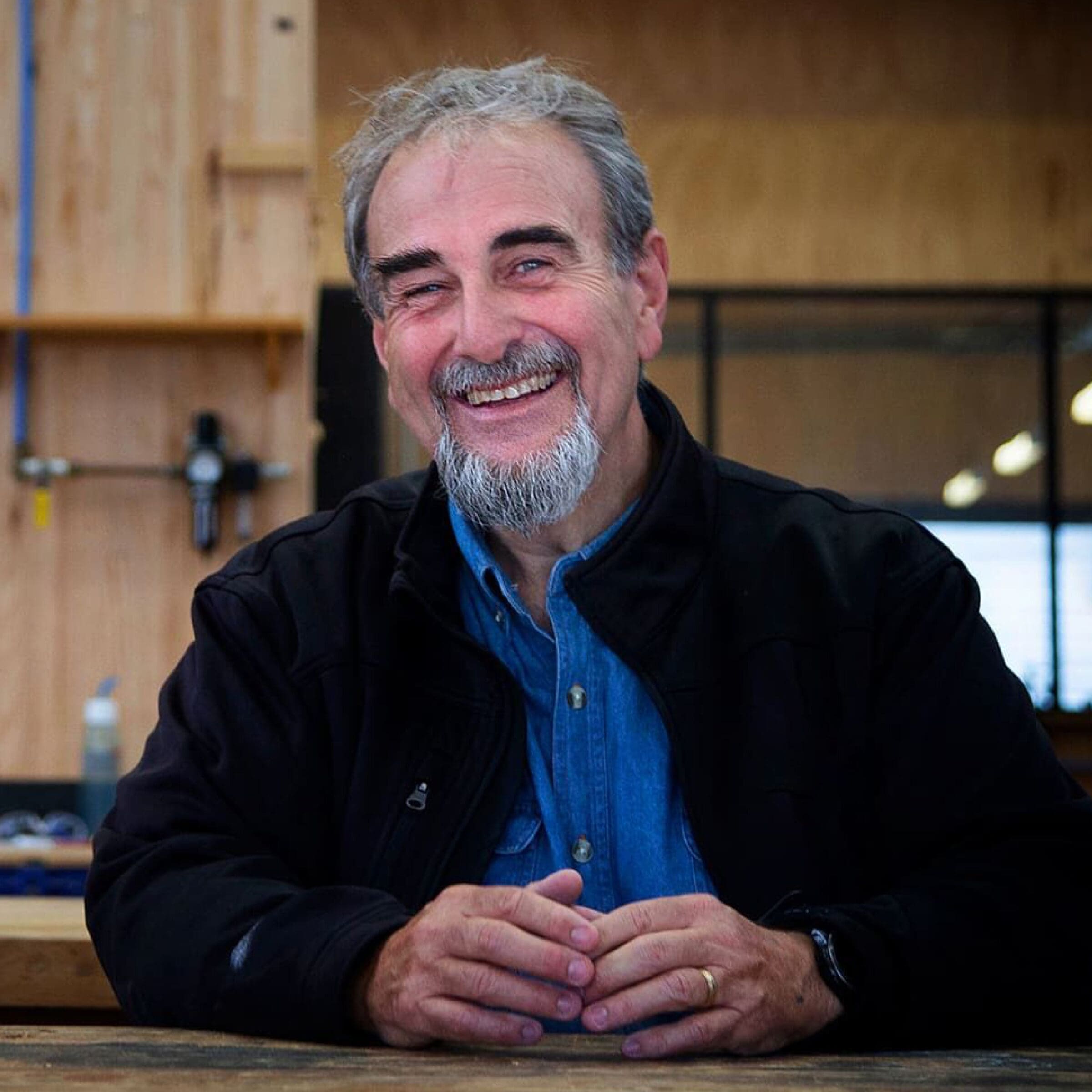The Tasmanian women making waves in the built environment: Laura McCusker
With over two decades of furniture making under her belt, Laura McCusker has called Tasmania home for the majority of her furniture making career. Having set up shop in an old apple packing shed just north of Hobart’s CBD, Laura has been on the receiving end of numerous awards, making custom pieces that have been celebrated around the world. Drawing inspiration from unusual forms, Laura’s furniture is often made from the ordinary, then painstakingly reformed into a timeless piece of art, built to withstand the happenings of a lifetime and beyond. We caught up with Laura to uncover her favourite projects, her proudest achievements and how the voices of females in the furniture making industry can be elevated to give everyone a fair go.
1. What can people expect from the work you do as a furniture designer/maker?
My background is in using traditional furniture making methods but my designs have a contemporary aesthetic. I tend to use solid timber but I’m also not a purist and will use other contemporary materials. You’ll find the traditional quality of something that is handmade. I always make something with the idea that it can be repaired. If you can repair it, the longevity of a piece is built in.
2. What has been one of your favourite projects to be a part of as a designer/maker?
That’s a tough one! For me, when we moved to Tasmania, it was a very different place 18 years ago. I’ve been lucky to see it change over that time and see it blossom into a brilliantly inclusive and supportive community. I have felt so lucky to be here and be a part of projects like at MONA, TMAG, the Spring Bay Mill at Triabunna, that are developing Tasmania and make me feel like I’m really a part of something.
3. What is one of your proudest achievements in your career?
I’m actually most proud of the fact that I have this career. My husband works with me and we’re still married (haha), but having that support of my family and being able to bring up my kids and be self-employed in a craft and art that was supposed to be dying out feels really special to me.
4. Is there a message or story you would like to have conveyed from your work?
In most of my work, I try to use materials that are local, simple and modest but crafted in an elevated way. Take Tasmanian Oak for example. It wasn’t traditionally used in furniture but was used more of as a building product. When you use something modest and simple respect it and use it well, whether that be Tasmanian Oak or linen or leather, if you treat it respectfully it really can be elevated.
I draw shapes and forms from places that you wouldn’t normally think about, whether that be from a bar code from a from a cereal packet or the shape of the overpass on the Brooker highway, I find shapes and repetition of forms everywhere. The story really comes from the people who commission the work. I want to make sure they are a part of the project so they have sense of ownership and provenance and have that connection that feeds into the longevity of the piece. If you’re included in the design, you’re not going to discard it. It could simply be helping choose the timber from timber yard, or coming to sand the timber back, but it’s about making that connection with an object before it even exists.
Using a material like timber for furniture allows for the piece to get better with time. I encourage my clients to embrace the knocks and dents and patina of use that comes with timber furniture. One of my most special pieces is a timber desk that was around when my daughter was very young. She would try and pull herself up to look what was happening at the top by sinking her teeth into the edge of the desk. At the time, I was heartbroken having those teeth marks on the desk but she’s now 21 and those little milk teeth markings are my favourite part of it.
5. Is there another female in your industry that has inspired you?
There’s an architect in Sydney that also makes furniture named Caroline Casey. She was designing furniture 20 years ago and at that time there were hardly any females in Australia that I knew about making furniture. She had an exhibition at the Powerhouse Museum that was just beautiful, but more the fact that she was out there and doing this and creating furniture made me think that becoming a furniture maker was possible. Like the saying goes, if you can’t see it, you can’t be it.
6. What makes Tasmania the right place for you to pursue your passion as a furniture designer/maker?
On the pragmatic side of things, I can afford to live here, have a house and not have to worry about any overheads. When we first moved down here, I didn’t expect to have the career I now have. And now that we’re established here, it’s the perfect place. There is a supportive network of people who want to buy quality. Tasmania now has an international profile, local resources are here, there’s plenty of space and everything is just a little easier to exist as an artist who needs space and time to create.
7. What does the future of Tasmania’s design industry look like?
There’s a huge amount of potential. The past 10-15 years have been amazing. Tasmania has always had a strong design scene since I’ve been here, probably even the last 40 years to be honest. Tasmania is very progressive and other places are starting catch up. We have support from the government through Arts Tasmania, with programs like the Collect Art Purchase Scheme, Low Interest Loans and grants for development of new work. Design Tasmania run professional development programs, promote our work nationally and are vocal advocates for Tasmanian design. This is the kind of support Sydney and Melbourne artists dream of. There’s lots of opportunity down here and I think the future is incredible.
8. This year, the theme for International Women’s Day is Choose to Challenge- Choosing to challenge and call out gender bias and inequality and celebrating women’s achievement to help create a more inclusive world. In your industry- what would you choose to challenge?
It was a challenge for me to be furniture maker at the start of my career. At times, I was in all male work environments walking into a space where I was the only female out of hundreds. It was intimidating being the only one. Having gone to a very academically focused school, going into a trade was never really an option. But I’ve always liked to shake things up and ended up in a profession unusual for women to be in. I think we should be challenging the gendered opportunities that are presented more to girls or more to boys and give everyone the same opportunities throughout high school to pursue their own desires.
9. What do you think can be done to help elevate female voices in your industry?
Maintaining a public profile and doing things like this interview for other women to see that there are women out there in design industry. Women often say no to interview opportunities because they’re over stretched, taking on the lion’s share of domestic labour and emotional labour but at the same time, it’s really important for us to be out here for young women and our female peers. I also think that we need more male allies. We’re pretty good at backing each other but I think it’s vital that men step up too. We need vocal allies. When there’s a panel, discussion or event that they’re asked to be part of and there are no women included? Ask why. Inclusion, diversity and representation is important for everyone.
10. What advice would you give young girls/women interested in becoming a furniture designer/maker?
You can’t have everything at once, you have to set priories. But have a crack! It’s really fun.
11. What three words define your work?
Authenticity. Differentiation. Provenance.
12. How can our readers support your work?
Support local makers. From ceramicists to furniture makers, to farmers or wine growers. Supporting local and being aware of local makers helps build community. Food always tastes better when you’re eating off of a plate made by the hands of a local ceramicist or having a fresh cup of coffee from locally roasted beans- it just doesn’t get better than that.


